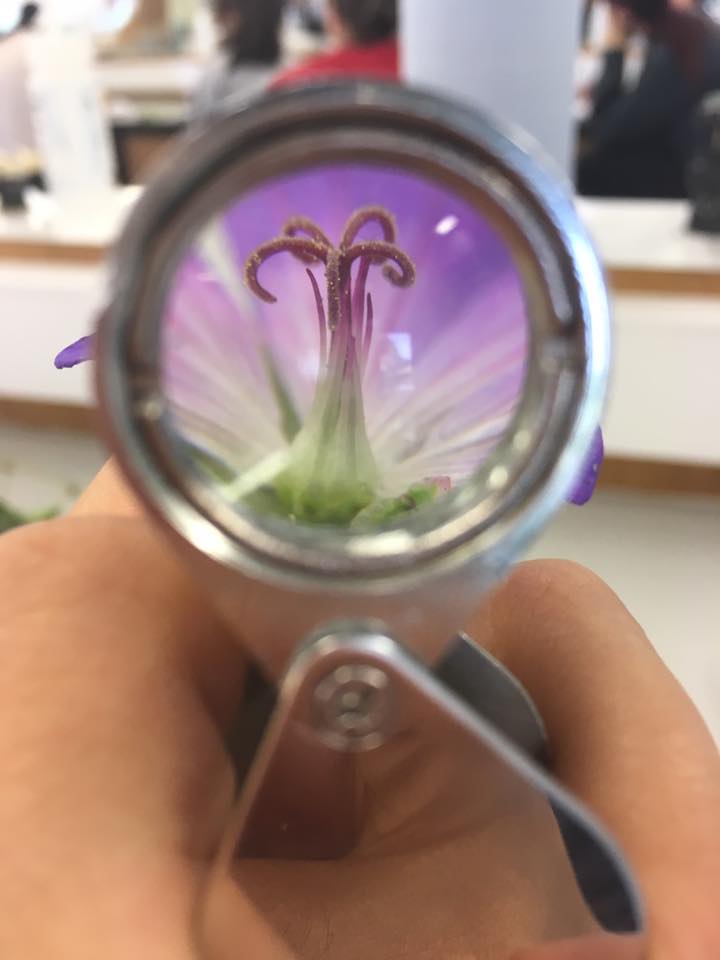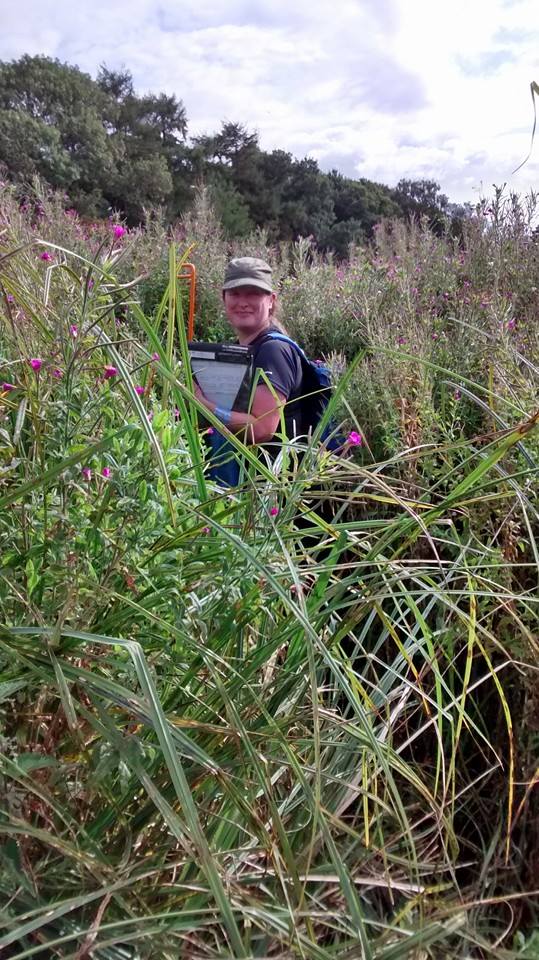BSBI Documentation website
The BSBI Documentation website is the most useful place to check when you have a question relating to the BSBI Distribution Database (the DDb), the BSBI Recording App, MapMate or data more generally.
Our Science Strategy
This pdf sets out the BSBI Science Strategy 2024-2029.
Nature Conservation
This pdf sets out Nature Conservation Policy.
Taking plant photographs
Our Taking Plant Photos page offers guidance on how to take photographs of plants and maximise your chance of identifying them accurately. See also the guidance below in the BSBI Code of Conduct on how to photograph plants with conservation in mind.
BSBI Code of Conduct
Download your copy of the BSBI Code of Conduct. It's aimed at botanists, ecologists, foragers, consultants and anyone who loves wildflowers. The Code sets out sets out best practice in the field and provides you with the latest guidance about which plants you can and can't pick, even with landowner permission (including all plants on prohibited lists such as Schedule 8), and introduces you to the rule of 1 in 20.
The Code is also available in Welsh.
More information about the Code can be read on our blog.
Other handy things: grid references and vice-counties
- UK grid reference finder
- Grab a Grid Reference
- Cucaera.co.uk, a useful website for VC maps, etc.
- Vice county areas
- British vice-counties on the BRC website.
More resources for botanical recorders
Check out the videos and pdfs from our most recent Recorders' Conferences and Meetings, which feature workshops, talks, training sessions and site visits, all aimed at botanical recorders.
Sign up to receive our monthly Recorders' eNewsletter straight to your Inbox each month - back issues here.
Using a GPS
This helpful note offers Advice on Buying and Using GPSs (2018 update).
Corrigenda to botanical publications
Errors that have been spotted in various publications are listed here, partly so readers can correct their books, and partly to deter people from telling the authors about any mistakes that they already know about.
The following publications are covered so far:
- Plant Crib
- Atlas of British & Irish Hawkweeds
- British Alpine Hawkweeds
- Flora of Monmouthshire
- Flora of Cardiganshire
- New Flora of the British Isles, ed 3.
Download the Corrigenda document.
Also available: a corrigenda file for the Discovery of the Native Flora of Britain & Ireland; and Wild Flower Key corrigenda.
Definitions and glossary
If you aren't quite sure whether a plant is wild, native or alien, or what the difference is between an archaeophyte and a neophyte, our new Definitions page should help.
For a glossary of botanical terms, try typing the term you are unsure of into this page.
Illustrations of alien plants
If you are trying to find illustrations of a particular alien plant species, but aren't quite sure where to look, the Index on our Illustrations of Alien Plants page should prove useful. There is an alphabetical listing of more than 2000 taxa with common names, an interactive references list and a search facility to help you find what you need.
The Index was produced by David Pearman and Gwynn Ellis, to whom we offer our thanks.
County Floras & Rare Plant Registers
A list of county Floras has been compiled by David Pearman. You can download the coversheet and the Excel spreadsheet (updated February 2019). The information on the Excel spreadsheet is also available on our new County Floras webpage.
David has also produced a spreadsheet of Rare Plant Registers, which is also available to download from the Rare Plant Registers webpage.
Extra resources for Vice-County Recorders
If you are one of our c200 BSBI Vice-County Recorders, extra help and resources are available to support you in your important and highly-valued role. BSBI members can visit the password-protected members' area of this website to find out more about that extra help.
Taxon lists, recording cards and software
For taxon lists and spreadsheets, e.g. BSBI's list of accepted plant names, Stace 4th. ed. name changes, updates based on Stace 3rd. ed. and websites such as IPNI, please head over to our new Taxon Lists page.
To find out more about recording software (MapMate, iRecord) and the BSBI Distribution Database, please visit the Recording Software page.
Recording cards, optimised for each vice-county, can be downloaded from the Recording Cards page.
Data entry guidance
BSBI's data entry guidance provides accessible and practical guidelines for formatting botanical records. The notes are focused on MapMate but many parts are also relevant to other structured recording software and to data sets compiled as spreadsheets or text files.

